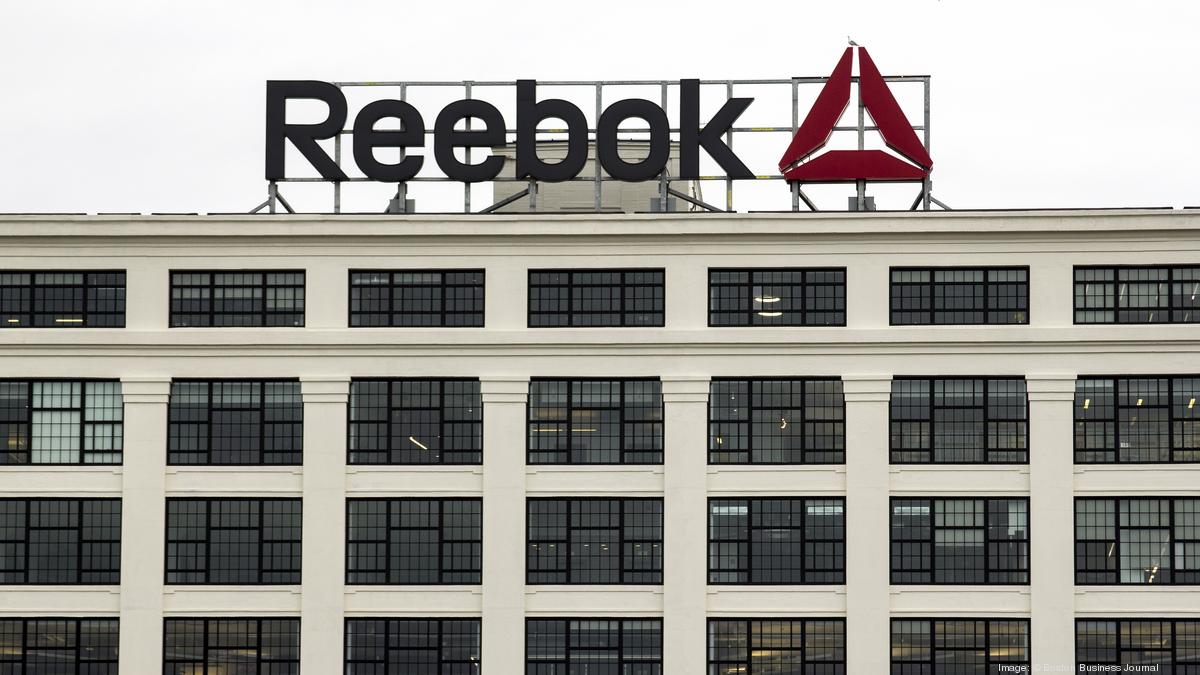DeepMind’s AI predicts structures for a vast trove of proteins
AlphaFold neural network produced a ‘totally transformative’ database of more than 350,000 structures from Homo sapiens and 20 model organisms.
The human genome holds the instructions for more than 20,000 proteins. But only about one-third of those have had their 3D structures determined experimentally. And in many cases, those structures are only partially known.
Now, a transformative artificial intelligence (AI) tool called AlphaFold, which has been developed by Google’s sister company DeepMind in London, has predicted the structure of nearly the entire human proteome (the full complement of proteins expressed by an organism). In addition, the tool has predicted almost complete proteomes for various other organisms, ranging from mice and maize (corn) to the malaria parasite (see ‘Folding options’).
The more than 350,000 protein structures, which are available through a public database, vary in their accuracy. But researchers say the resource — which is set to grow to 130 million structures by the end of the year — has the potential to revolutionize the life sciences.
“It’s totally transformative from my perspective. Having the shapes of all these proteins really gives you insight into their mechanisms,” says Christine Orengo, a computational biologist at University College London (UCL).
“This is the biggest contribution an AI system has made so far to advancing scientific knowledge. I don’t think it’s a stretch to say that,” says Demis Hassabis, co-founder and chief executive of DeepMind.
But researchers emphasize that the data dump is a beginning, not an end. They will want to validate the predictions and, more importantly, apply them to experiments that were hitherto impossible. “It’s an amazing first step, that we have all this data on that scale,” says David Jones, a UCL computational biologist who advised DeepMind on an earlier iteration of AlphaFold.
DeepMind stunned the life-sciences community last year, when an updated version of AlphaFold swept a biennial protein-prediction exercise called CASP (Critical Assessment of Protein Structure Prediction). In this long-running competition, which has traditionally been the domain of academics, researchers predict the structures of proteins whose structures have been experimentally solved, but not yet made public.
Some of AlphaFold’s predictions were on par with very good experimental models, and some scientists said the network’s influence would be epochal. Last week, DeepMind released the source code behind the latest version of AlphaFold, and a detailed description of how it was developed
1 (academic teams have already begun using these resources to make useful predictions). In the process of preparing AlphaFold’s code for public release, DeepMind refined it to make the code run more efficiently. Some of the CASP predictions took days, but the updated version of AlphaFold could now compute them in minutes to hours.






